Traveling to Israel in 2024 – 5 Things to Know Before you Go
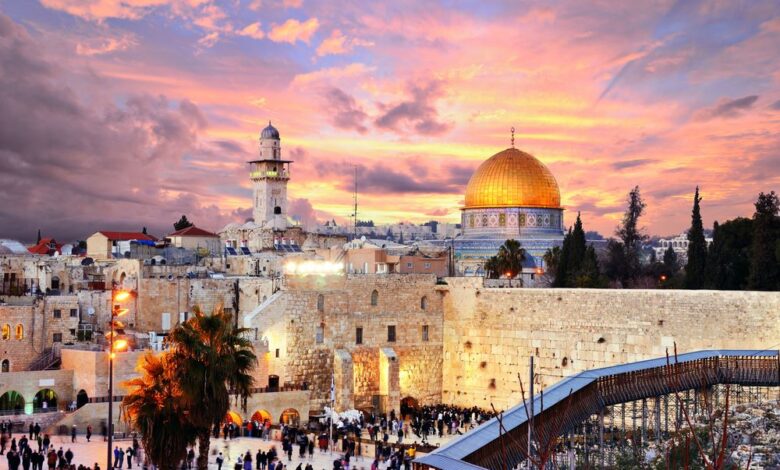
There is no territory in the world similar to that occupied by Israel. This little piece of land is invaluable to members of the three great religions of the world. It bears the name of the Holy Land for a reason, because the spiritual tradition forms its essence. In Israel, the paths of Jewish, Christian and Muslim pilgrims cross. Although often shaken by conflict, this country has also witnessed unusual events that will make its supporters of Jehovah, Christ, and Allah forever holy. Miracles, which, according to the beliefs of the people of Israel, have taken place here, have suppressed the natural beauty of this country. Still, aren’t the beautiful desert landscapes, coral reefs of the Red Sea, the Dead Sea saltwater and green oases also wonders of this land?
The present-day state of Israel is located on the southeast coast of the Mediterranean Sea and on the northern coast of the Red Sea. It is bordered by Lebanon in the north, Syria in the northeast, Jordan in the east, Egypt in the southwest, as well as the Palestinian territories of the West Bank and the Gaza Strip in the east and west.
What to see?
Jerusalem
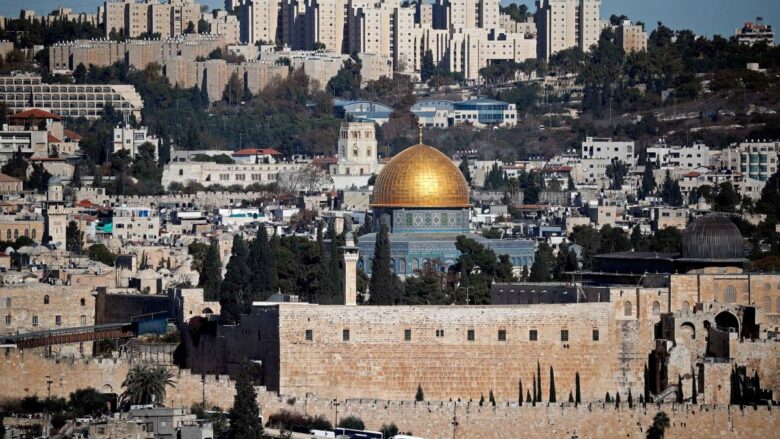
The tour of Israel should begin from its spiritual center – Jerusalem. Three thousand years of its extraordinary history is written not only in the architecture, but also in the very spirit of the place. Seven gates, carved into the city walls of the sixteenth century, lead to the site of the religious cult of Christians, Jews and Muslims. Behind the gates of these gates opens an area of the ancient Old City, divided into Jewish, Muslim, Christian and Armenian sections.
Although a large number of Jews live in Jerusalem, their portion of the city is not the largest. Jews were expelled from Jerusalem by Emperor Hadrian in the 2nd century. The ban on entering the city ceased to apply about a hundred years later, but it took about a thousand years before the first communities around the walls of the Second Temple were created in the thirteenth century. These communities were the germ of today’s Jewish neighborhood. Central is the Hurva Square, the center of social life for the inhabitants of this part of the city.
The Christian quarter began to emerge in the Byzantine era, around the Church of the Holy Sepulcher. Today, dozens of tourists visit it, and the path to it leads up a steep staircase. If we climb them, we will reach straight to the place of Christ’s crucifixion. Here, at the foot of the orthodox altar of the crucifixion, believers bend down so that they can put their palms in a place marked with a silver star and feel under their fingers the rock on which the cross of Jesus stood. It’s Golgotha.
The neighborhood of Allah’s followers stands out for the two Dome of the Rock shrines and the Al Aqsa Mosque. There are also many more mosques and this is the third most important place of pilgrimage for Muslims, after Mecca and Medina. Al Aqsa Mosque can accommodate five thousand believers. Al Aqsa means remote. It is located on the site that marks the end of Muhammad’s night journey, and was created twenty years after the construction of Dome of the Rock.
The Place of Jesus’ Birth
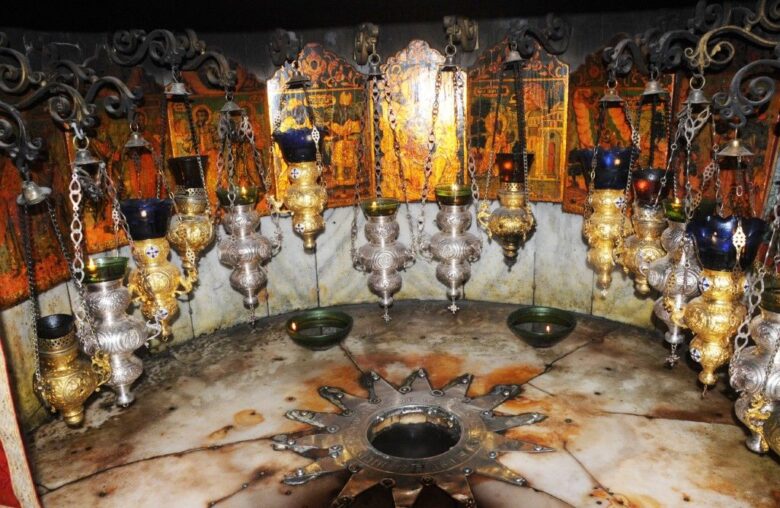
Bethlehem is a fascinating city on a hill. The sanctuary was built just above where Jesus was born in Bethlehem. The central point of the shrine is the basilica of Christ’s birth in a church of the same name, whose interior is decorated with a silver star, and oriental lamps illuminate the smaller space of the cave. Fragments of a beautiful mosaic have been preserved on the floor and walls of the church, and once decorated the entire interior.
Waves full of salt
On the northeast edge of the Negev Desert, is the Dead Sea. Its location, its salinity far exceed our ideas of what the sea is like. It is the deepest depression in the world and in fact a barren lake. 400 meters below sea level. He is called Dead for a reason and has no fauna or flora. This is due to the enormous salinity. This feature of the Dead Sea benefits those who can’t swim – so much salt prevents them from drowning. In the middle of the sea is Israel’s border with Jordan.
Golan Heights
Golan Heights is a space on the border between Israel, Lebanon, Jordan and Syria and is strategically important for maintaining the region’s water basin.
The higher parts are covered by snow, which in the spring melts and drains into the Jordan River, from which Israel supplies water, accounting for 15 percent of total water demand.
This part is known for excellent wines, so it is a great destination for all wine lovers. At zimmer-north.co.il you can find what else you can do in that part of the country.
Tel Aviv
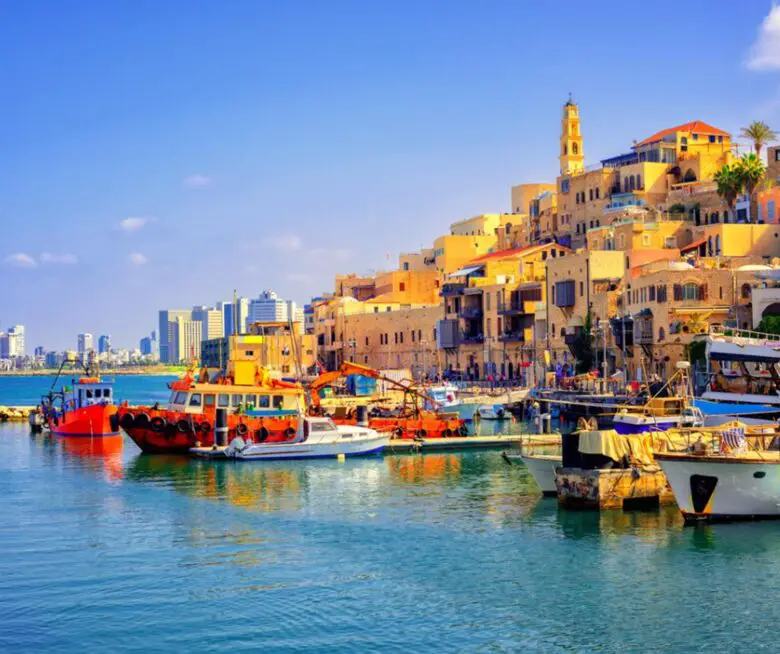
It was created in 1909 among sand dunes, north of Jaffa on the shores of the Mediterranean Sea. This metropolis is populated by millions of people, in addition to being known as a resort and as a place that creates the perfect blend of culture and entertainment.
5 Things You Should Know Before Traveling
Visa and passport
Whether you need a visa depends on which country you come from. If you do not need a visa, you can stay for up to 6 months. If you have been staying in one of the countries with which Israel is not on good terms, this will not stop you from entering, but be prepared for a very thorough security check. On the other hand, there are countries that will not allow you to enter if you have an Israeli stamp, so the Israelis stopped marking your passport and instead they will give you a card that you must keep throughout your stay.
Security
Although it is located in a part of the world where peace is rarely ruled, it is safe to visit. Be sure to keep up with the news before your trip and while you’re there, as things change quickly and often. Also wherever you go you will see an army, but do not be frightened. On the contrary, it should bring you peace. They pay great attention to their security, and since military service is a must for everyone, you will see an army with assault rifles everywhere.
Rest day

Shabbat is a Jewish holiday that runs from Friday night through Saturday night. You have to organize your tours accordingly. In many places you will not be able to use electricity and the like. Most restaurants, museums, and other sites do not work. If you are staying short, try to avoid the day because you will not be able to visit everything you wanted.
Tap water
The tap water in Israel is perfectly fine. However, if you like, you can also buy bottled mineral water everywhere. When in Israel, it is important to drink as much water as possible, especially if you are walking a lot, going hiking or similar in the heat.
Jordan and Palestine
You can visit both countries and return to Israel afterwards. Of course you need a passport. If you decide to visit Palestine, keep an eye on the situation, whether it’s safe to go there. As far as Jordan is concerned, it is a safe country and the main tourist attraction is the city in the rocks – Petra.
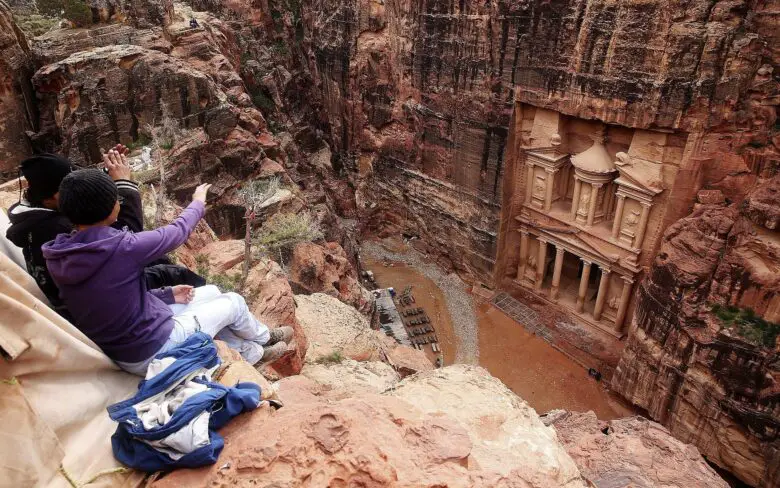
Conclusion:
Israel is certainly one of the most specific countries in the world. It is absolutely worth visiting for tourists, whether religious or historical. They also have nice beaches.
